Something very special happened between last week’s portion of this feature and today. Namely, a round of media interviews with Naoki Yoshida dropped, effectively doubling our understanding of Final Fantasy XVI. I’m as grateful as any other fan — in fact, my interest levels have risen even higher, and I literally committed to writing thousands of words on this game beforehand — but it puts this, the final installment in the Casting Libra on Final Fantasy XVI miniseries, in sort of a strange position.
Consider what I said about this two weeks back. We here at Nova Crystalis wanted someone to cover June 2022’s new trailer, and ideally, that someone would be thorough. That’s been the goal. Hopefully, I’ve been adequate in that regard! It’s just that, and this is a happy challenge to be sure, we now have so much more to chew on regarding FFXVI‘s gameplay that taking a tremendously detailed look at what the trailer showed us could come at the expense of highlighting all the new information from interviews. To that end, I’ll once again recommend our sister site’s fantastic article on the matter.
So, what’s the game plan, then? I’ll be shining a light on all the gritty gameplay bits we’ve recently learned about, from pseudo-party mechanics and not-so-open world zones to Eikon movesets and more. Basically, it’s my original plan, except expanded. Please be excited?
Please be excited.
Word of God
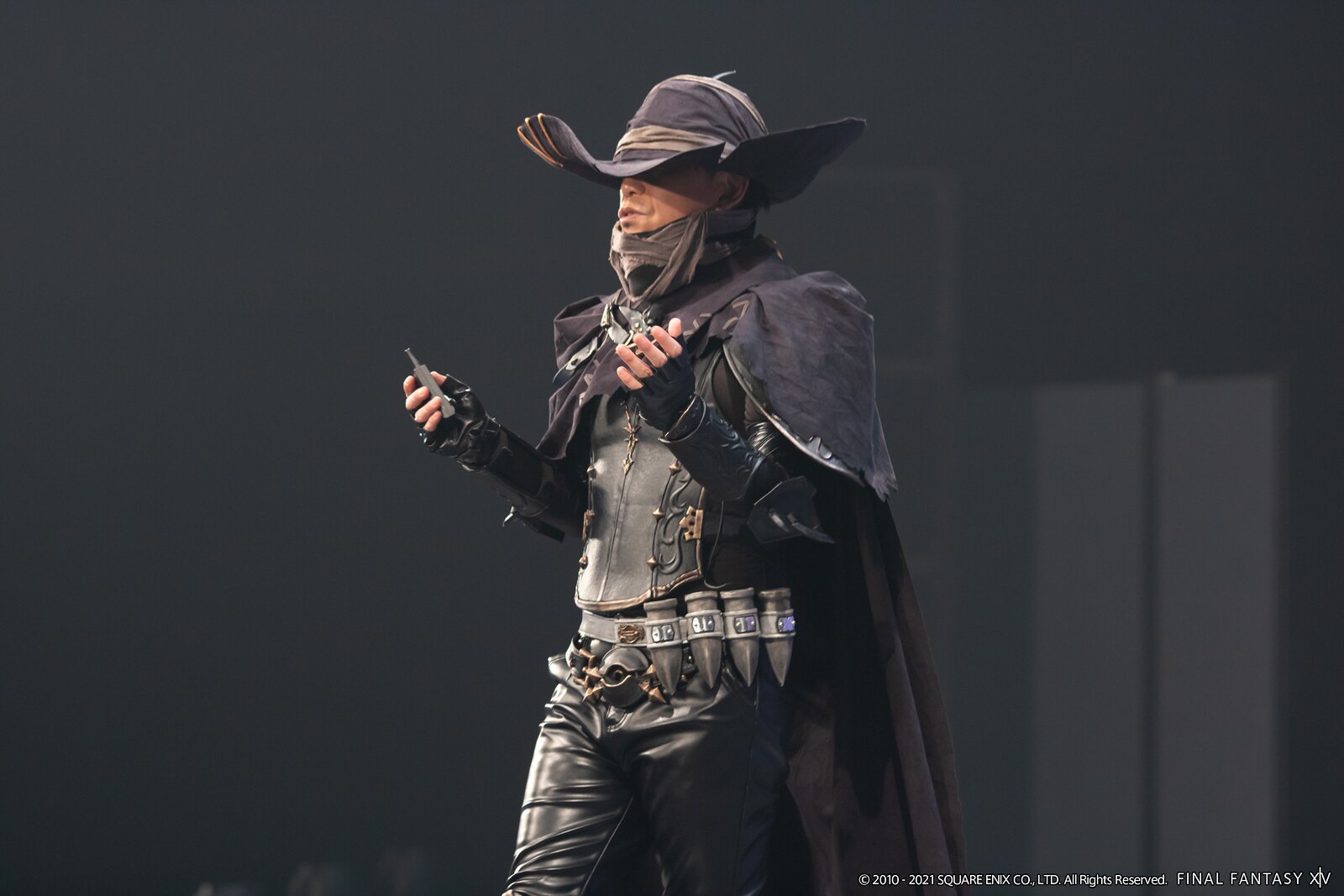
It was, simply put, a deluge.
Naoki Yoshida had promised us a round of interviews would arrive shortly after June’s trailer, and as the days passed, the anxious kid in me started to wonder when exactly we’d be seeing that. And then, quite suddenly, the internet was a roaring Yoshida tsunami. Big Western websites like IGN and GameSpot snagged Yoshida-san for eye-opening, detail-delivering FFXVI chats, but it was Japanese outlets Famitsu and Dengeki that pulled some of the most illuminating information from the game’s producer.
The most explosive combat revelation surely concerns Eikon battles. The trailer heavily hinted at a unique approach to Eikon-versus-Eikon warfare, but I can’t say I was expecting so much sheer variety. Even Yoshida himself admitted it’s crazy what his team is aiming for, but moogles almighty, if they pull it off we’ll be talking about it for decades.
For example, maybe one Eikon versus Eikon battle, if you have Eikon A versus Eikon B, that battle will be reminiscent of a 3D shooter. Whereas another Eikon versus a different Eikon, it’s more like a pro wrestling match, and then maybe even a third with one Eikon versus another Eikon will transform an entire area into a battlefield.
The “pro wrestling match” might be referring to the bout with Titan. Hugo Kupka, Titan’s Dominant, certainly looks the part. And, well, Titan himself is known far and wide for packing muscles bulging out of his muscles. It fits.
What of the rest? Could Bahamut go Panzer Dragoon on us? Will we rack up Musou-style kills before facing down our foe as Odin? Am I taking this all too far? Maybe, yes. But frankly, after finding out how bonkers Eikon battles are going to be, I’m not convinced anything is off the table at this time.
All this diverse magical bludgeoning wouldn’t be possible if our main man, Clive, didn’t gain a fraction of the powers of several Eikons throughout his journey. We now know, courtesy of XVI‘s UI, that Clive can switch between summon monster movesets with simple taps of L2. Once the desired strikes have been selected, Clive’s confirmed arsenal of attacks can be chosen via R2. Here, with Shiva, we see both Blizzard and Cold Snap. (There’s also Attack and Jump, though I doubt very much either has anything to do with our Ice Queen.)
Skillfully navigating the battlefield, and paying close attention to each enemy’s elemental weaknesses, will no doubt be vital to success. And what of slashes, slices, dices, bashes, and all those other sword verbs? Given the intense action focus behind Final Fantasy XVI‘s fighting, and with Clive being the game’s sole playable character, we’re bound to enjoy all manner of blade-based shenanigans.
Lone Wolf and Clive
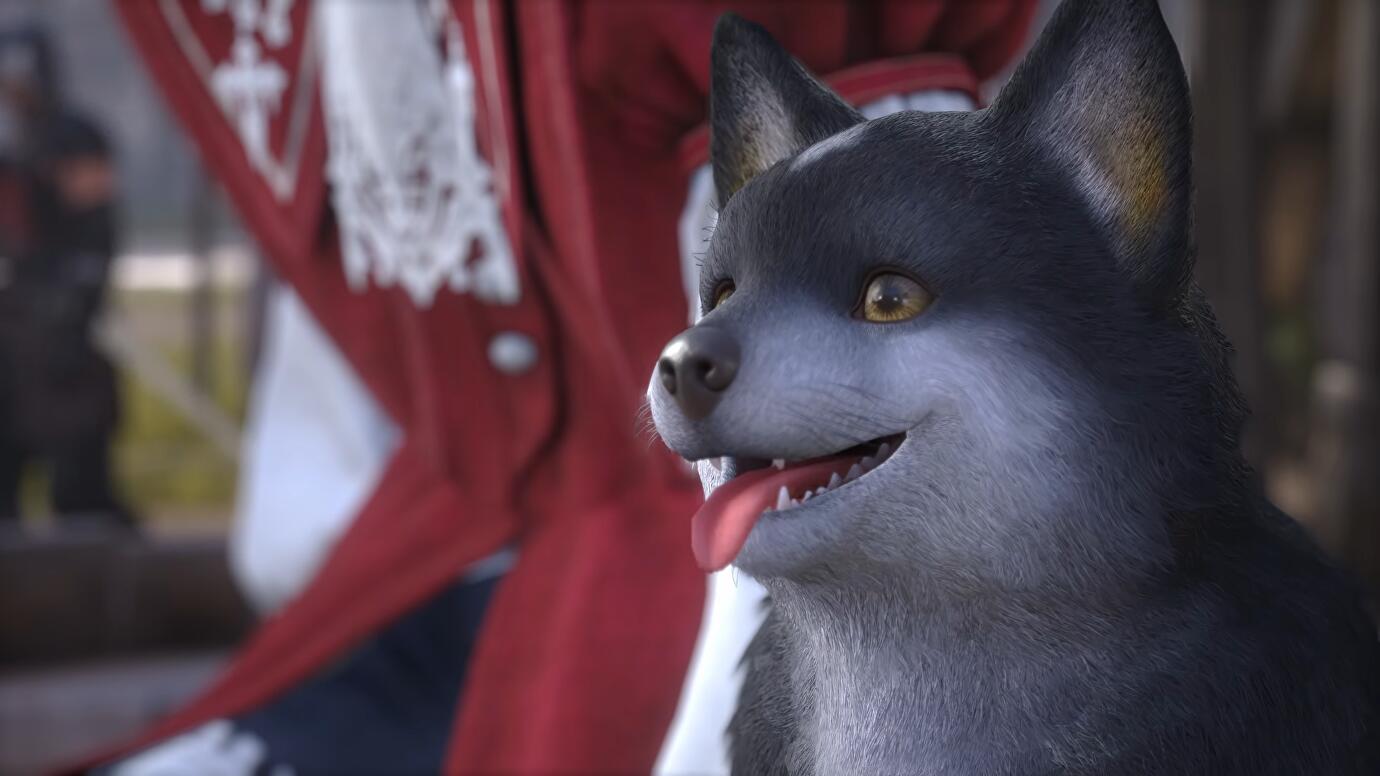
Aye, at least we know for sure. FFXVI has always seemed like a solo affair, but Yoshida’s press tour offered numerous distinct confirmations. Clive Rosfeld will be the only controllable character.
That doesn’t mean he’ll always be alone. “[For] most of his journey, Clive will be accompanied by one or more companions,” he told IGN’s Kat Bailey. “These companions will participate in battle, as well as trade banter with Clive.”
Do you hear that? That’s the sound of at least ten thousand Final Fantasy fans sighing in relief. Character relationships are a vital part of the franchise’s DNA. It’s good to know that Clive, though he’s the only gent we’ll get to drive, won’t always be on his lonesome.
In fact, perhaps he’ll never be alone. Also to IGN, Yoshida gabbed about that adorable puppy from XVI‘s reveal trailer two years ago. It always felt right to me that the puppy should grow alongside Clive, and fight the good fight with his human. I’m happy to know the writers agree. “Well, let’s just say he’s more wolf than dog – and his name is Torgal. As for him being a party member, you’ll just have to wait and see. We’ll have more info on parties soon.”
Here’s what I think will happen: Torgal will be something of a temporary companion who can be summoned as one of the game’s “perks” viewable at the top-left portion of the battle UI. We’ve seen a paw print among more conventional stuff like the obvious symbol for a food buff. Maybe Torgal is called upon for a limited window of opportunity before retreating back to the sidelines on a cooldown.
Heyyyy, Tabata-batta-batta
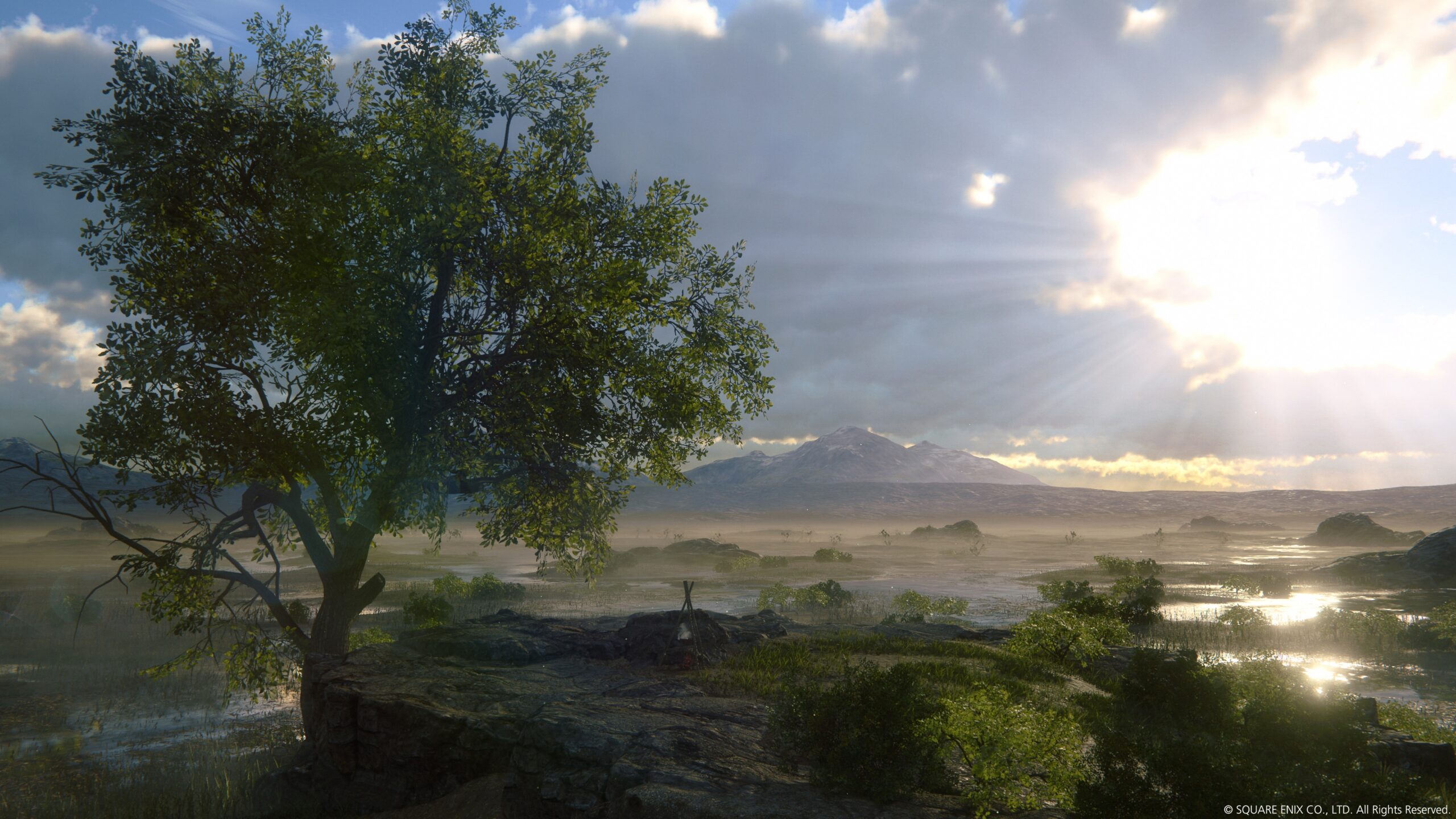
It was a gamble-and-a-half when Final Fantasy XV director Hajime Tabata doubled down on the decision to craft an intricate open world environment for a game with a significantly prolonged development cycle that was, irony of ironies, being rushed out the door.
Did the gamble pay off? Depends who you ask. Plenty of folks dig the Kingdom of Lucis. Others are less impressed, disappointed in a narrative that doesn’t really push forward much until the open-world portion is disposed of entirely — at which point FFXV turns into a bizarre, linear, five-hour rush ride to the finish line. Even players who are grateful the plot replaces perceived padding frequently lambast the hurried and patchwork execution.
It remains to be seen how well the FFXVI team’s approach pans out by contrast, but I think they saw the writing on the wall with their predecessor’s flaws. Per a hard-working Redditor’s translation of Famitsu’s time with Yoshida, his decision was “to put the story as the forefront, expanding on a global scale.” Everywhere he’s mentioned this, there is the sense that he recognized making Valisthea into another Eos would do a disservice to its global scale and cinematic story-driven promise.
Instead, Final Fantasy XVI will be broken into zones. Players of Final Fantasy XIV, or XI and XII before it, should be familiar with this — the setting is broken into chunks, with multiple exits toward settlements or further wilderness. But only the area the player is active in is truly seamless; you’ll load into the next zone (though the PS5 will undoubtedly make this effortlessly swift) and in that sense, the pressure to craft one massive playground isn’t there. Nor is the need to somehow string together a meaningful narrative in this singular space.
Mob Scene
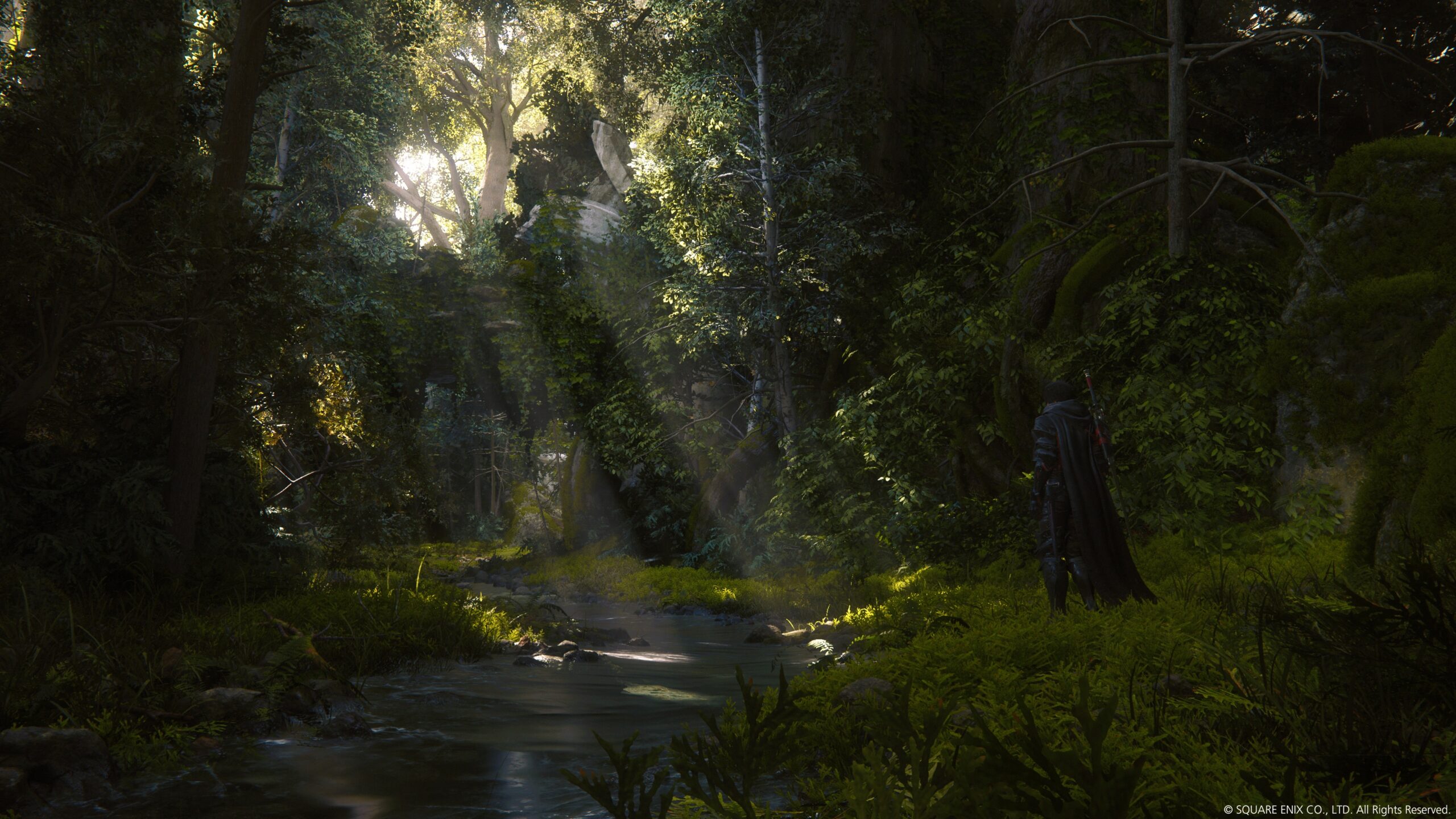
Within Final Fantasy XVI‘s sequestered realm, four zones are large enough that Yoshida told Famitsu they’re not unlike smaller-scale “open worlds.” What’s more, there is a base of operations for Clive to plan his missions. It’s unclear to me whether this is a traveling base, a camp that gets set up in each zone, or if it’s his own hidden little stationary hub. Either way it sounds neat.
Neater still, it is from this base that players can learn about local mark hunts. Hunts have been an integral part of mainline Final Fantasy for well over a decade. “Go find monster, then kill monster” isn’t the most exciting prospect, but Final Fantasy XII and XIV have both managed to instill a sense of adventure by requiring specific conditions to be met before the targeted creatures emerge. Environmental world building of that scale is always welcome.
Speaking of which, we’ve learned through Dengeki that Yoshida determined it would be impossible to cover every little morsel of political and cultural world building without sacrificing the core story and its fast-paced framework. Thus, there will be an extensive number of codex-like updates on kingdom events, pivotal characters, and similar fare waiting to be discovered throughout the world. RPGs have been doing this for a long time, but the notion always drums to my mind BioWare’s vast in-game tomes in Mass Effect and Dragon Age.
I’d like to see a healthy number of villagers and fellow travelers who can help ease that burden. One of the great joys of RPGs is finding out what life is like for the fictional common folk. Hopefully, we’ll learn just as much or more about Valisthea’s several societies from the mouths of its inhabitants as we will from posters and books conspicuously placed wherever Clive goes.
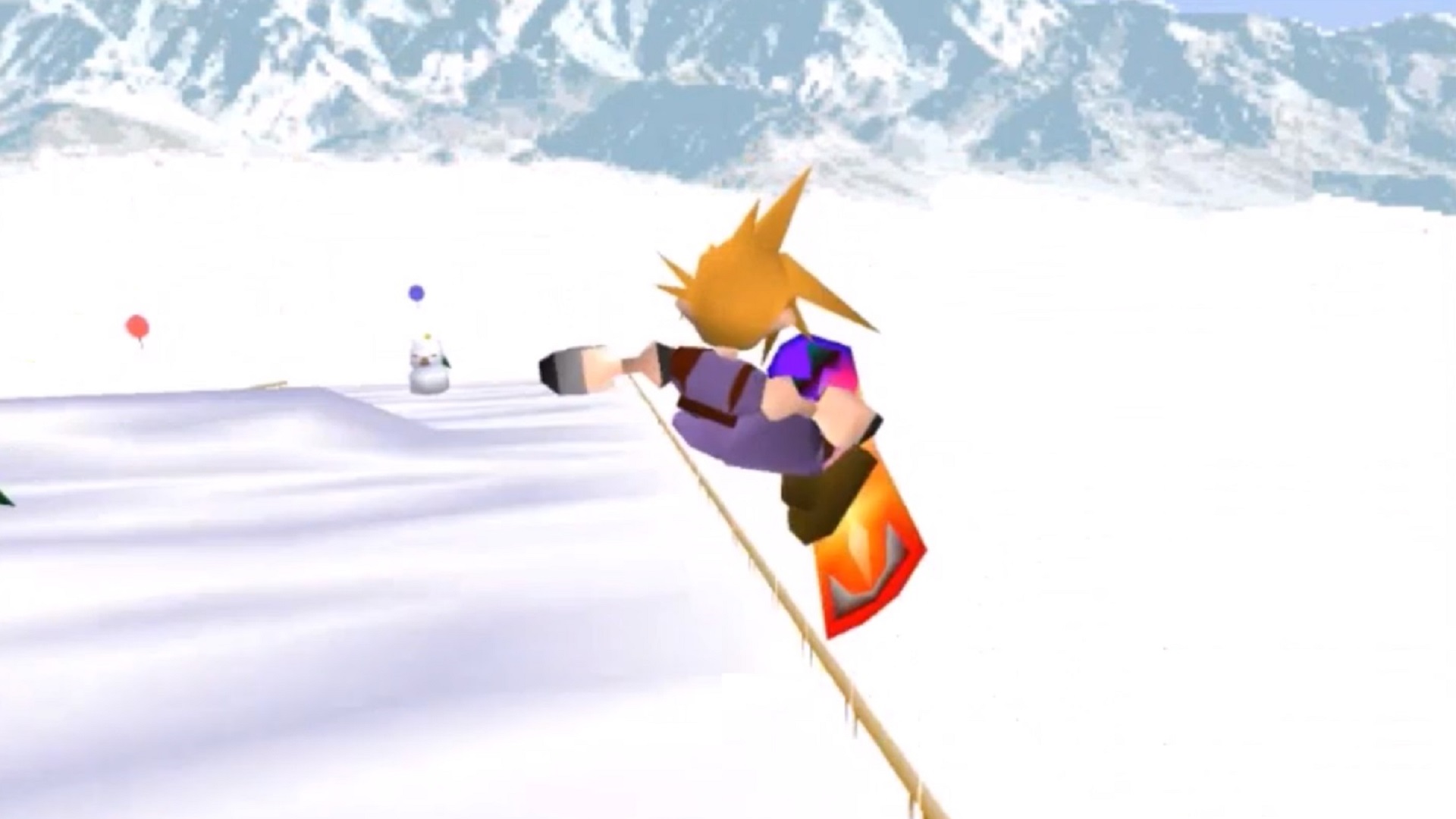
The thing about Final Fantasy is that the term “gameplay” is so often used synonymously with “battle system” when, in fact, it’s a catch-all for pretty much every way we interact with the games. What’s it like to explore? Is it fun to seek rare loot in spooky dungeons? Are there periodic dialogue options to be made? JRPG questions 101, these, but Final Fantasy‘s budget can do us that much better.
For many, the standout scene in all of Final Fantasy VII Remake is the dance number at the Honeybee Inn. That’s gameplay. It’s DDR-style button-prompt gameplay. And it’s fantastic. This is a franchise that has always been at its finest when it embraces a need for more than mere marathons of turn-based or action-oriented combat.
We remember driving around in a submarine in FFV and using one in a weird, wonky real-time naval warfare situation in FFVII. We recall digging up Chocographs and scouring FFIX‘s world of Gaia for treasure. Blitzball is a game within a game that helps Final Fantasy X to stand out two decades later and counting. Heck, FFXIV has Lord of Verminion. (What do you mean, no one plays it so it doesn’t count? I’ve played it no fewer than three times in my life, I’ll have you know, and at least on one occasion I had a modicum of fun.)
Naoki Yoshida seems like a man who “gets” Final Fantasy. Truly, it’s difficult to argue that given what he’s done with Eorzea. His team at Creative Business Unit 3 is largely comprised of series veterans. This is promising. Quite promising. My hope is that they, too, remember that bizarre mini-game where you feed a moogle a precise number of Kupo Nuts to assist him in sexing up another moogle. I haven’t even mentioned the card games.
There was an era in which Final Fantasy flourished in the unexpected. It would be great if Clive, for all the melodrama of his revenge-driven tale, gets to toss some nuts at a horny teddy bear before all is said and done.
And Now, We Wait
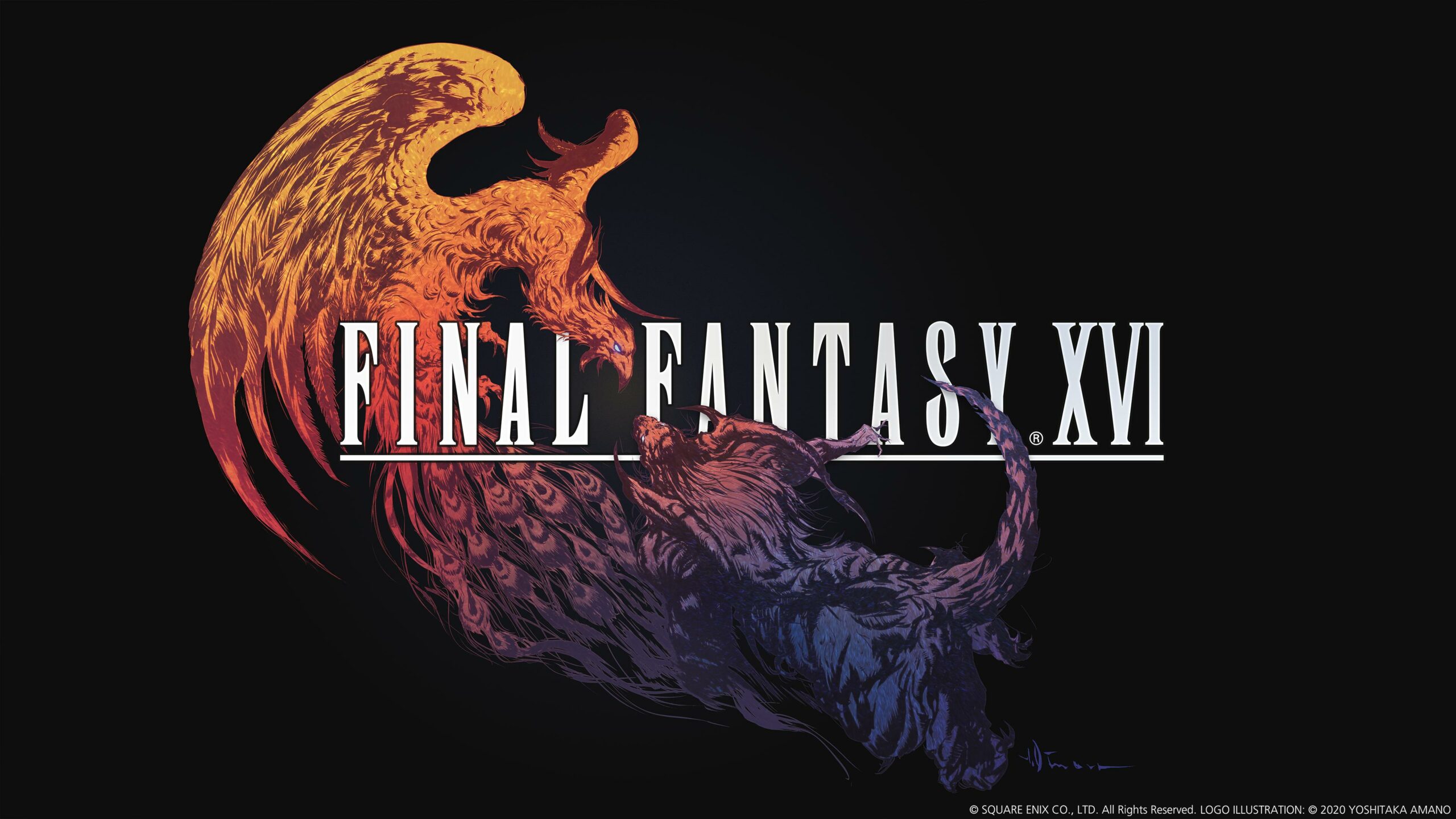
If there is one thing Yoshida revealed in the media frenzy that hypes me above all the rest, it’s that Final Fantasy XVI will feature not one, but two time-skips. We’ll follow Clive at the age of 15 in the beginning, but he’s in his twenties later on, and his thirties by the end. No wonder there are so many pieces of paper with convenient lore dumps all over the place if we’re missing entire years worth of political paradigm shifts.
It’s just so cool. It gives the story an automatic sense of scale. I look forward to watching how the world changes, as Clive himself changes alongside it.
Unfortunately, we cannot time-skip ourselves to autumn, which is when the next batch of information on the game will be unveiled. With two time-skips, we could hop there, digest what we’ve learned, and then leap to next summer and have XVI in our hands once and for all.
Thank you for joining me on this three-part analysis extravaganza. While the overall thrust of the third article shifted by necessity, I’ve had fun pondering what’s in store for us, and I hope you’ve had fun reading along. In fact, I bet your minds are brimming with ideas as well. Why not speculate away in our social media feeds with fellow fans? Alternatively, you could tell a random stranger on the street. But I regret to inform you in advance, from personal experience, that there’s no guarantee they’ll care.
But I care. I will never not care. Let’s keep on caring until Final Fantasy XVI launches exclusively for PlayStation 5 next summer.
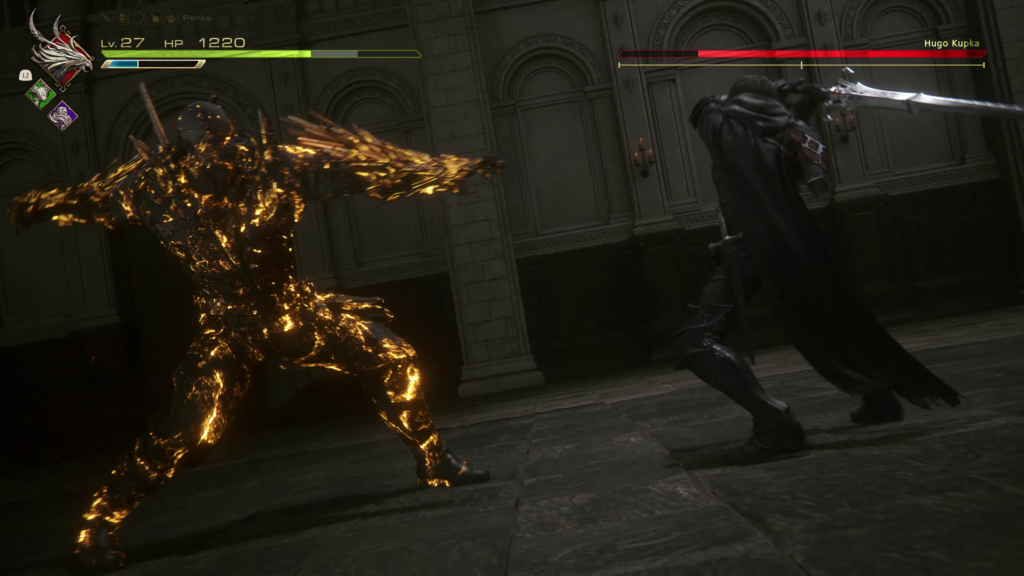
Recent Comments